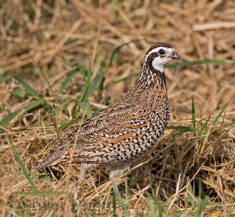
Cyrtonyx sallei
Cyrtonyx sallei,Spot-breasted Quail
Cyrtonyx sallei: Formerly a subspecies of the Montejo quail, it became a sep···
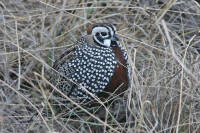
Ocellated Quail
Ocellated Quail,Cyrtonyx ocellatus
Ocellated Quail (Cyrtonyx ocellatus), no subspecies.Quails are herbivorous b···
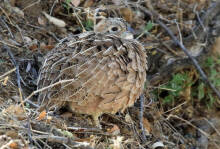
Cyrtonyx montezumae
Cyrtonyx montezumae,Montezuma Quail
Colored Quail (Cyrtonyx montezumae) has five subspecies.Painted quails feed ···
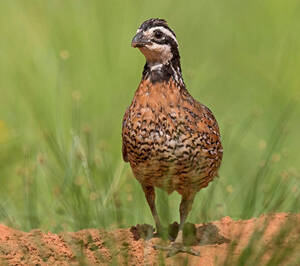
Northern Bobwhite
Northern Bobwhite,Colinus virginianus
Northern Bobwhite Partridge (Colinus virginianus) is a small partridge with ···

Colinus leucopogon
Colinus leucopogon,Spot-bellied Bobwhite
Spot-bellied Bobwhite (Colinus leucopogon) has six subspecies.Male quail bir···

Colinus nigrogularis
Colinus nigrogularis
The name Colinus nigrogularis is unknown.International Union for Conservatio···
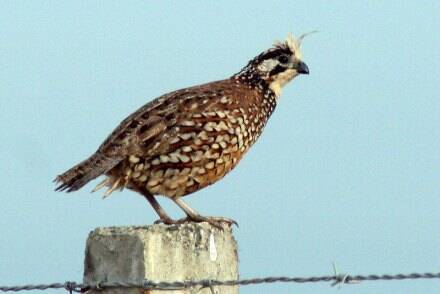
Colinus cristatus
Colinus cristatus,Crested Bobwhite
Colinus cristatus, Crested Bobwhite, is an insect eater. In spring and summe···
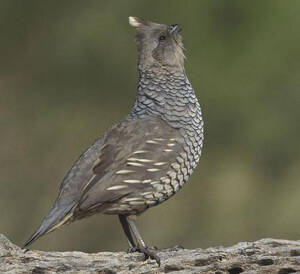
Callipepla squamata
Callipepla squamata,Scaled Quail
Callipepla squamata is called Scaled Quail and has four subspecies.The quail···
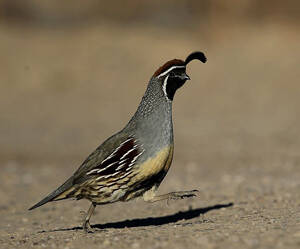
Gambel's Quail
Gambel's Quail,Callipepla gambelii
Callipepla gambelii belongs to the family Callipepla, there are 7 subspecies···
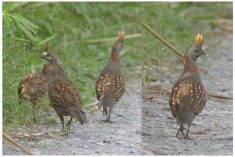
Callipepla douglasii
Callipepla douglasii,Elegant Quail
The Quail's scientific name is Callipepla douglasii and its foreign name···
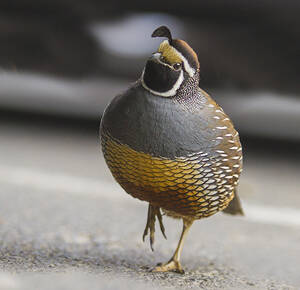
Callipepla californica
Callipepla californica,California Quail
Callipepla californica (California Quail) has eight subspecies.The quails fe···
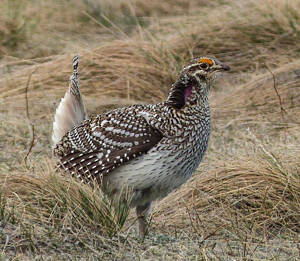
Tympanuchus phasianellus
Tympanuchus phasianellus,Sharp-tailed Grouse
The Sharp-tailed prairie Grouse (Tympanuchus phasianellus) is known as sharp···
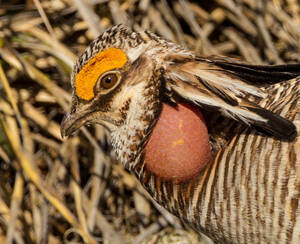
Tympanuchus pallidicinctus
Tympanuchus pallidicinctus,Lesser Prairie-chicken
The Lesser Prairie-chicken (Tympanuchus pallidicinctus) has no subspecies.Th···
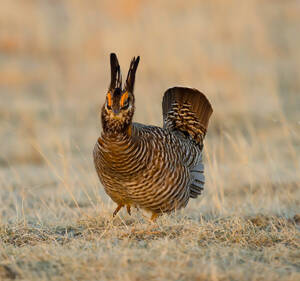
Tympanuchus cupido
Tympanuchus cupido,Greater Prairie-chicken
The Prairie grouse (Tympanuchus cupido), also known as Greater Prairie-chick···
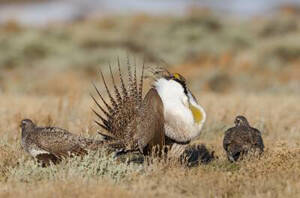
Greater Sage-grouse
Greater Sage-grouse,Centrocercus urophasianus
The Sage grouse (Centrocercus urophasianus), also known as Greater Sage-grou···
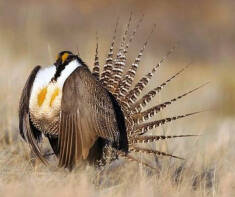
Centrocercus minimus
Centrocercus minimus,Gunnison Grouse
The Lesser sage Grouse (Centrocercus minimus) is Gunnison Grouse, no subspec···
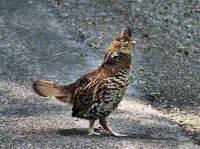
Ruffed Grouse
Ruffed Grouse,Bonasa umbellus
The Ruffed Grouse (Bonasa umbellus) has 15 subspecies.Shawl hazel chicken is···
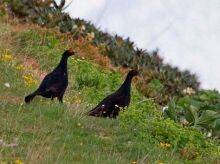
Tetrao mlokosiewiczi
Tetrao mlokosiewiczi
Tetrao mlokosiewiczi, the Caucasian black lyric chicken, is active in the mo···
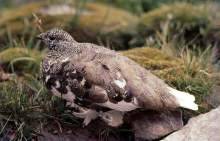
Lagopus leucurus
Lagopus leucurus,White-tailed Ptarmigan
The White-tailed Ptarmigan (Lagopus leucurus) has five subspecies.The winter···
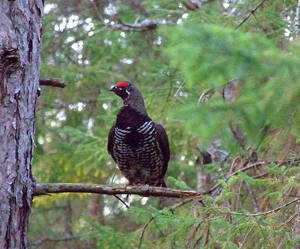
Dendragapus canadensis
Dendragapus canadensis,Spruce Grouse
The Fir-tree chicken (Dendragapus canadensis), also known as Spruce Grouse, ···
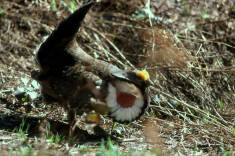
Dendragapus obscurus
Dendragapus obscurus,Dusky Grouse
The blue Grouse (Dendragapus obscurus), also known as Dusky Grouse, is a rel···
